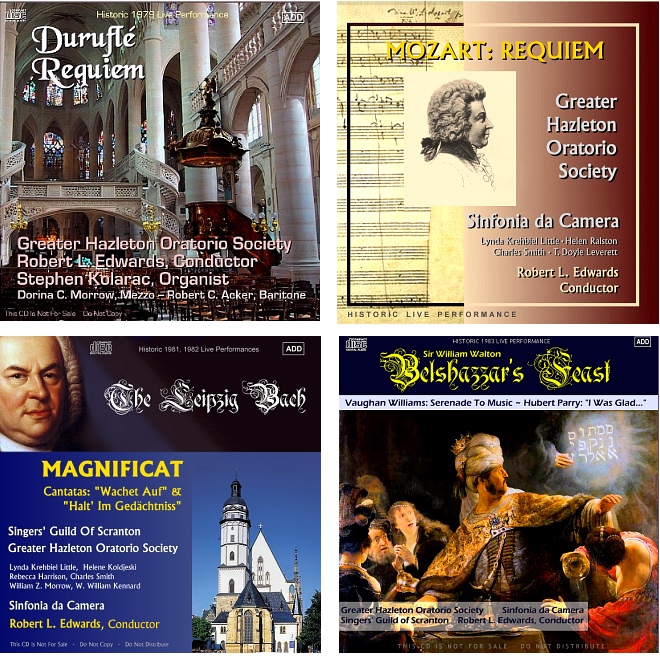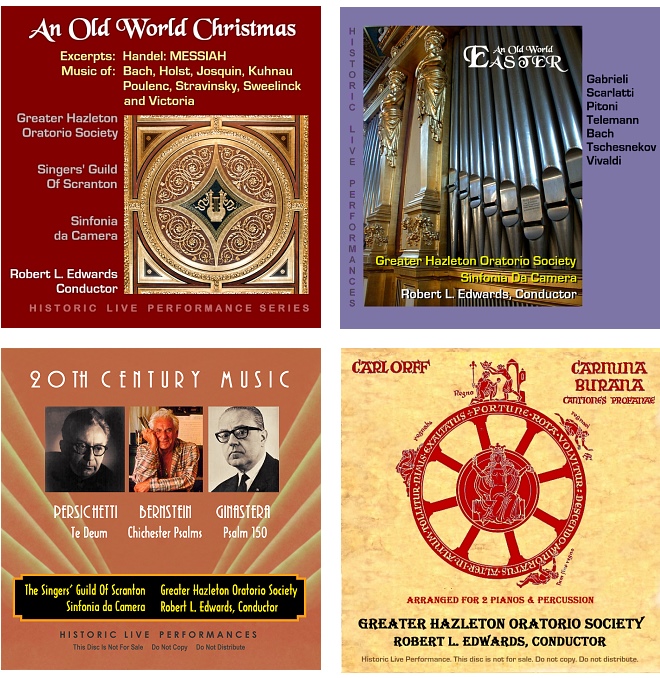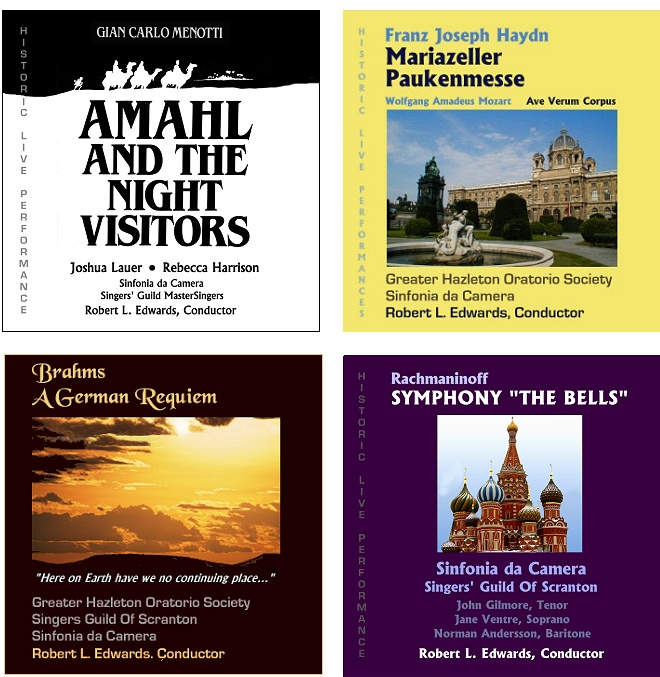 |
|
|
 |
 |
 |
|
In 1965, Mr. Edwards heard a performance by a local group of musicians in his home town, Wilkes-Barre Pennsylvania, a group whose
reputation exceeded its abilities. After later hearing another performance of similar questionable quality by another local group, he vowed to make a change: to raise the standards of music in Northeastern
Pennsylvania, including music broadcast on local classical music radio.After earning his Masters Degree in Conducting, Mr. Edwards returned to the area, established the Northeastern Pennsylvania
Philharmonic Chorus, and subsequently accepted positions as Music Director and Conductor of The Greater Hazleton Oratorio Society, The Singers’ Guild of Scranton and the chamber orchestra Sinfonia da
Camera. With these groups, he set out to realize his dream. “The key to establishing and maintaining quality community
performing groups is always to challenge the members to learn, to grow and to seek higher artistic levels,” Edwards stated.
“If there are no challenges beyond learning notes, then mediocrity lives.” |
|
|
 |
 |
 |
 |
|
 |
|
|
Mr. Edwards writes: “All the performances by the ensembles I conducted were recorded live for later
broadcast, and I kept old-fashioned cassette copies of those master tapes, although I rarely, if ever, listened to them.“After the tragedy of 911, with my ”Computer Consultant” office
around the corner from the World Trade Center, the emotions of that event led me back to those tapes, which had been stored in a cardboard box in a closet. I listened. “The 15-25 yr.-old tapes
were in bad condition, the signal level had faded, the frequency response had shifted and the tapes were very hissy and filled with dropout. “But the performances were vital. I decided
to restore the recordings and spent more than three years on the project. Rescuing and restoring these recordings has been a joy. The project is not yet complete; restoration continues. (A few
performances from my Masters Recitals have also been preserved.) “What stands out for me, is the growth in understanding performance technique and musical style achieved by these wonderful
folks. The live performances were not flawless but represent such a high-level of achievement they deserve preservation and recognition. “All these singers and instrumentalists and their
descendants should enjoy and be filled with pride for these wonderful performances by The Greater Hazleton Oratorio Society, The Singers’ Guild of Scranton and Sinfonia da Camera.”
|
|
|
|


